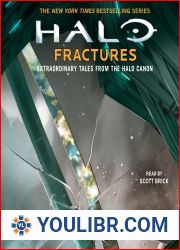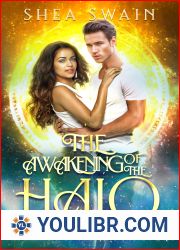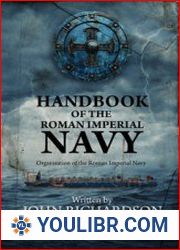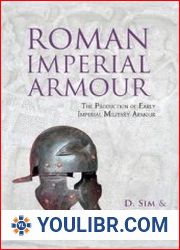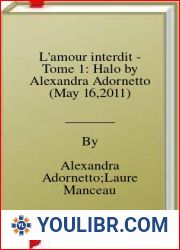
BOOKS - The Halo of Golden Light: Imperial Authority and Buddhist Ritual in Heian Jap...


US $5.53

490533

490533
The Halo of Golden Light: Imperial Authority and Buddhist Ritual in Heian Japan
Author: Asuka Sango
Year: February 1, 2015
Format: PDF
File size: PDF 1.9 MB
Language: English
Year: February 1, 2015
Format: PDF
File size: PDF 1.9 MB
Language: English
In this pioneering study of the shifting status of the emperor within court society and the relationship between the state and the Buddhist community during the Heian period (794-1185), Asuka Sango details the complex ways in which the emperor and other elite ruling groups employed Buddhist ritual to legitimate their authority. Although considered a descendant of the sun goddess, Amaterasu, the emperor used Buddhist idiom, particularly the ideal king as depicted in the Golden Light Sutra , to express his right to rule. Sango's book is the first to focus on the ideals presented in the sutra to demonstrate how the ritual enactment of imperial authority was essential to justifying political power. These ideals became the basis of a number of court-sponsored rituals, the most important of which was the emperor's Misai-e Assembly. Sango deftly traces the changes in the assembly's format and status throughout the era and the significant shift s in the Japanese polity that mirrored them. In illuminating the details of these changes, she challenges dominant scholarly models that presume the gradual decline of the political and liturgical influenceof the emperor over the course of the era. She also compels a reconsideration of Buddhism during the Heian as ostate Buddhismo by showing that monks intervened in creating the stateAEs policy toward the religion to their own advantage. Her analysis further challenges the common view that Buddhism of the time was characterized by the growth of private esoteric rites at the expense of exoteric doctrinal learning. The Halo of Golden Light draws on a wide range of primary sources from official annals and diaries written by courtiers and monks to ecclesiastical records and Buddhist textsumany of them translated or analyzed for the first time in English. In so doing, the work brings to the surface surprising facets in the negotiations between religious ideas and practices and the Buddhist community and the state.








